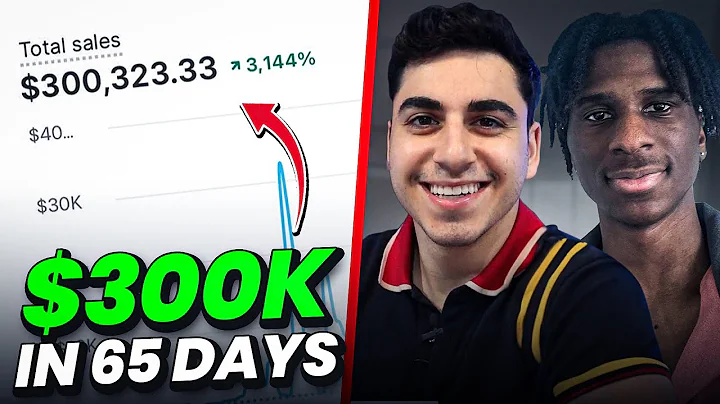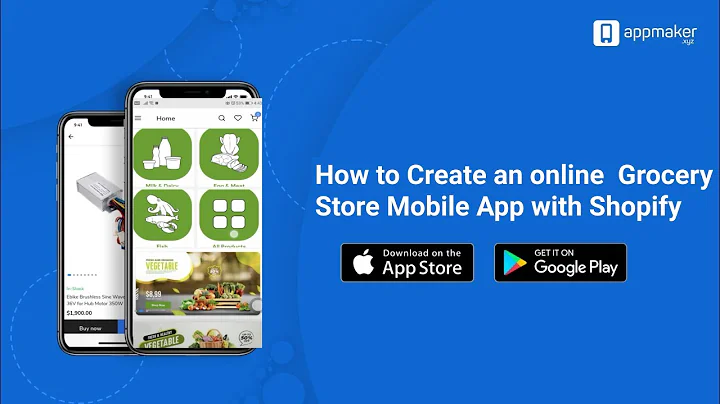Learn to Build a Currency Converter in React
Table of Contents:
- Introduction
- Building a Currency Exchange Converter App
- Setting Up the Project Environment
- Creating the Converter Component
- Populating the Dropdown Menus with Data
- Handling the Currency Conversion
- Implementing the Swap Functionality
- Finalizing the Styling and Functionality
- Acknowledgements
- Conclusion
Introduction
Welcome to another tutorial on For Those Who Code! In this video, we will be building a currency exchange converter app from scratch. The app allows users to input an amount in one currency and convert it to another currency based on the current exchange rates. We will be using React, Vite, Tailwind CSS, and Headless UI to create this application. So, let's get started!
Building a Currency Exchange Converter App
In this tutorial, we will walk through the step-by-step process of building a currency exchange converter app. The app will take an input amount and convert it from one currency to another based on the current exchange rates. We will be using React, Vite, Tailwind CSS, and Headless UI to create the app.
Setting Up the Project Environment
To start building our currency exchange converter app, we first need to set up our project environment. We will be using React as our JavaScript library for creating user interfaces. Vite will be our front-end build tool, similar to webpack. We will also be using Tailwind CSS, a utility-first CSS framework, and Headless UI, a set of accessible UI components designed to integrate with Tailwind CSS. Lastly, we will use Axios, a promise-based HTTP client, to make API calls to our endpoints.
Creating the Converter Component
Now that we have our project environment set up, we can start creating the main component of our currency exchange converter app. We will create a Converter component that will handle the logic and user interface for the currency conversion. This component will consist of input fields for the amount, dropdown menus for selecting the currencies, and a button to initiate the conversion.
Populating the Dropdown Menus with Data
In order to display the available currencies in the dropdown menus, we need to fetch data from the API endpoints that provide the currency and country information. We will use Axios to make the API calls and retrieve the necessary data. Once we have the data, we can populate the dropdown menus with the appropriate options.
Handling the Currency Conversion
Now that we have the necessary data and the user has selected the currencies and entered an amount, we can implement the currency conversion functionality. We will make an API call to retrieve the exchange rate for the selected currencies and use that rate to calculate the converted amount. Once we have the converted amount, we will display it to the user.
Implementing the Swap Functionality
To make it easier for users to switch between the "from" and "to" currencies, we will implement a swap functionality. This will allow users to quickly reverse the selection of currencies by clicking on an icon. The swap functionality will update the selected currencies and trigger a new currency conversion.
Finalizing the Styling and Functionality
In this step, we will focus on finalizing the styling and functionality of our currency exchange converter app. We will add any additional styles and make sure all the components function as intended. We will also handle error cases and add appropriate error messages.
Acknowledgements
Before we conclude, I would like to acknowledge the creator of the original currency exchange converter app, Castian. I took inspiration from their example and reimagined it from scratch. I would like to thank them for their valuable contribution to the development community.
Conclusion
In this tutorial, we have learned how to build a currency exchange converter app using React, Vite, Tailwind CSS, and Headless UI. We have covered the steps involved in setting up the project environment, creating the main component, populating the dropdown menus with data, handling the currency conversion, implementing the swap functionality, and finalizing the styling and functionality. I hope you found this tutorial helpful and that you now have the tools and knowledge to create your own currency exchange converter app. Keep coding, and see you in the next one!
Highlights:
- Building a currency exchange converter app from scratch
- Using React, Vite, Tailwind CSS, and Headless UI
- Populating dropdown menus with currency and country data
- Handling currency conversion and implementing swap functionality
FAQ Q&A:
Q: Can I customize the styling of the app?
A: Yes, you can customize the styling of the app using Tailwind CSS. You can modify the colors, fonts, and layout to match your preferences.
Q: Can I add more currencies to the dropdown menus?
A: Yes, you can add more currencies by making an API call to retrieve the available currency data and updating the dropdown menus with the new options.
Q: How often does the exchange rate update?
A: The exchange rate data is retrieved from the API, so it is updated in real-time. The app will always display the most current exchange rates.






















